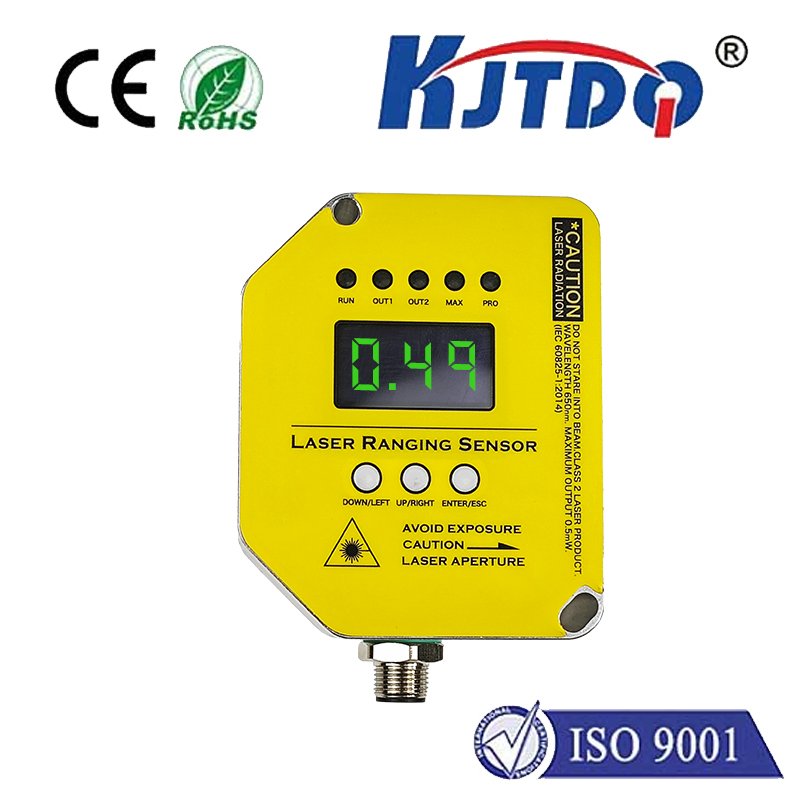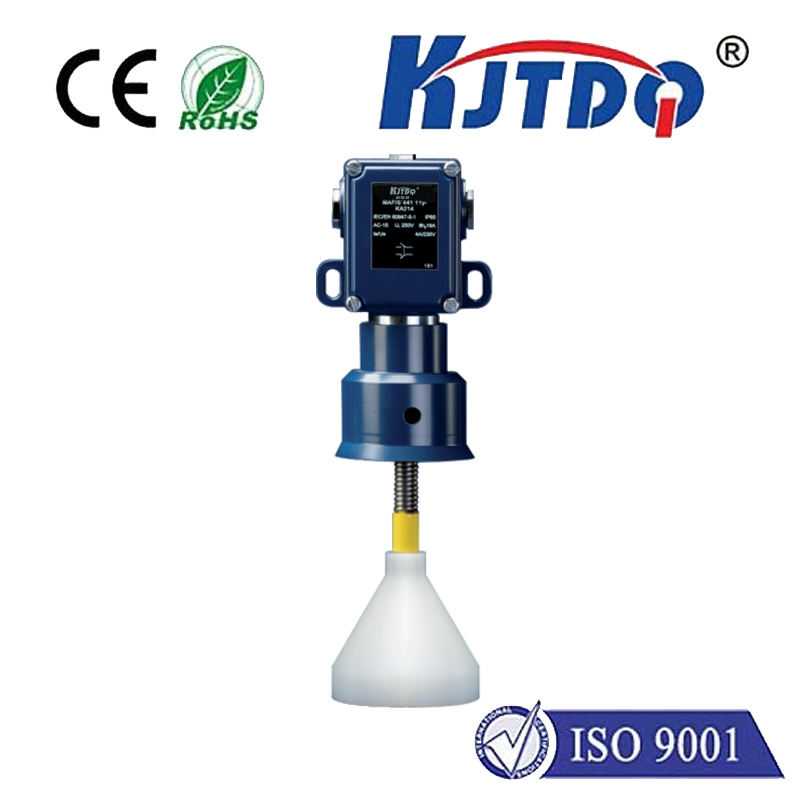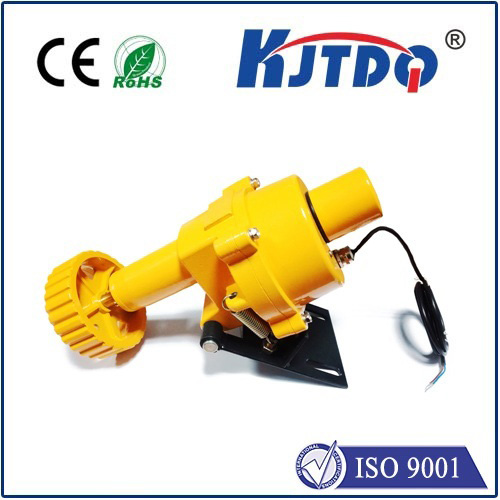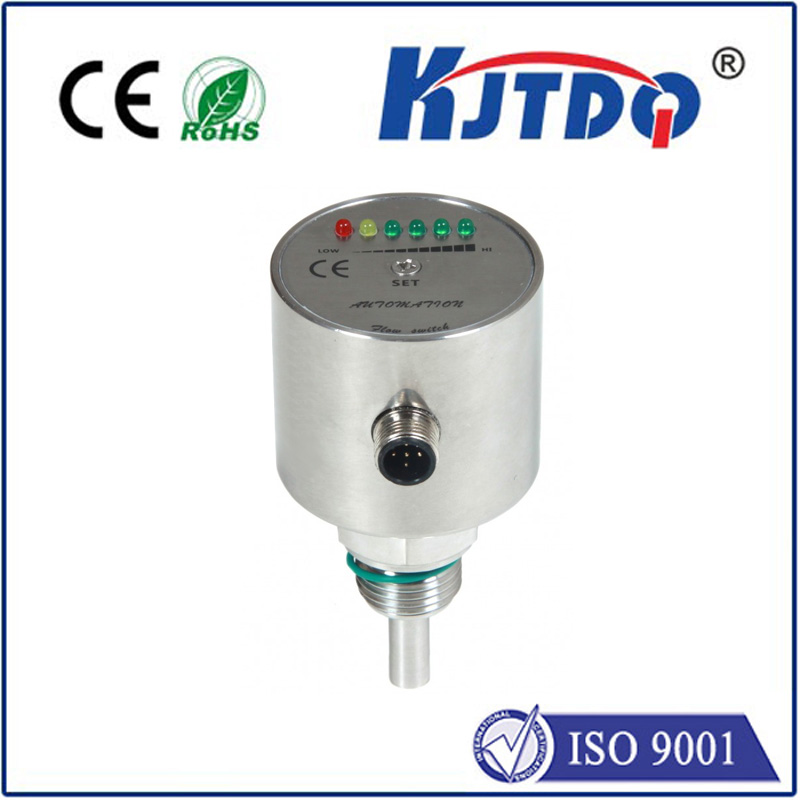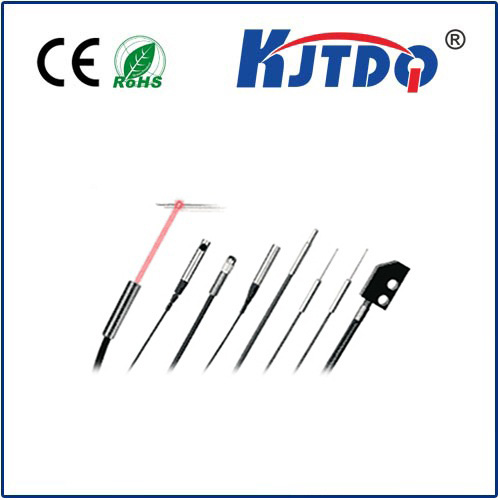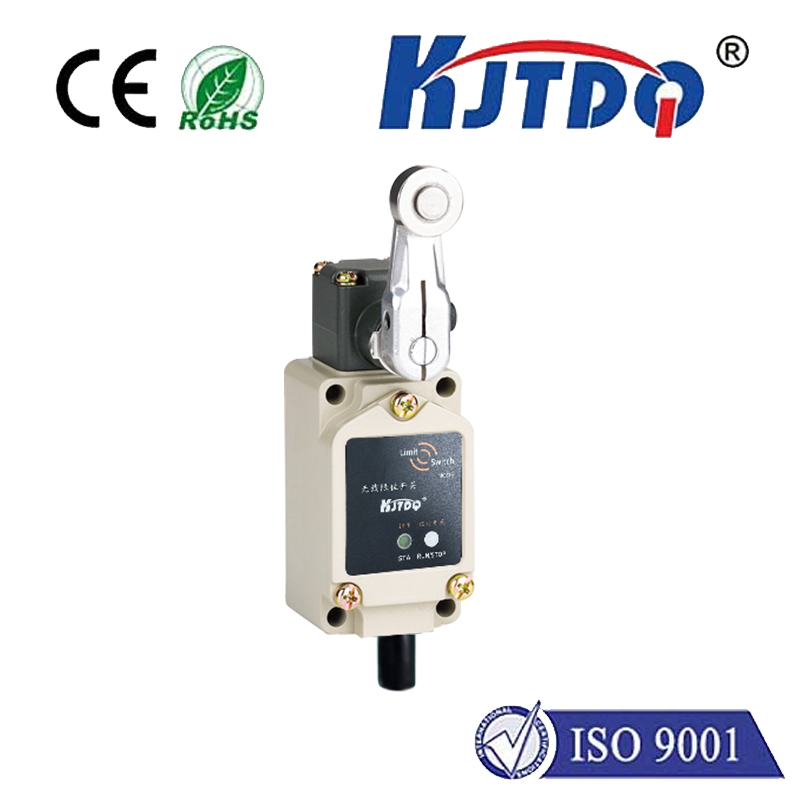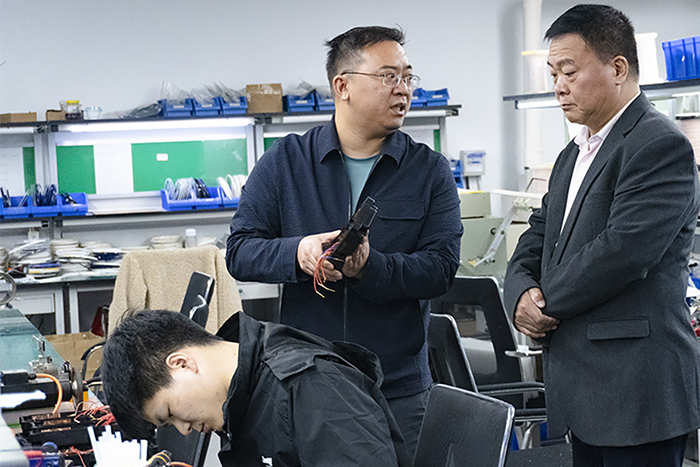
check

check

check

check
Proximity sensors are indispensable in today’s automation and control systems, offering a reliable way to detect objects without physical contact. Among the myriad options available, the 24V DC proximity sensor stands out for its versatility and efficiency. This article delves into the unique advantages and applications of these sensors, highlighting why they are essential for various industries.
24V DC proximity sensors operate on a direct current voltage of 24 volts, making them compatible with numerous industrial setups that use this standard power supply. These sensors utilize electromagnetic fields or optical principles to detect the presence or absence of an object. Unlike other types of sensors that may require more complex wiring or higher power requirements, the 24V DC proximity sensor offers simplicity and broad applicability, making it an attractive choice for engineers and technicians.
Compatibility: The 24V DC sensors are compatible with many control systems already operating at this voltage, reducing the need for additional power supplies or converters.
Reliability: With fewer components and simpler circuitry, these sensors tend to be less prone to failure, ensuring consistent operation over time.

Ease of Integration: Their straightforward design makes them easy to integrate into existing systems, saving both time and effort during installation.
Cost-Effective: Being one of the most common types of proximity sensors, they often come at a lower cost, which is advantageous for large-scale implementations.
Versatility: They can be used in a wide range of environments, from manufacturing floors to logistical operations, due to their robust build and adaptable nature.
The utility of 24V DC proximity sensors spans across multiple domains:
Automotive Industry: In car manufacturing lines, these sensors detect parts on conveyor belts, ensuring that each step of the assembly process is completed correctly.
Packaging Systems: They monitor product flow and verify the correct positioning of items in boxes, ensuring quality control in packaging processes.
Material Handling: In warehouses, these sensors can detect the presence and location of goods, optimizing sorting and storage operations.
Robotics: For robotic arms and automated machinery, proximity sensors help in precise navigation and object manipulation, enhancing efficiency and accuracy.
The 24V DC proximity sensor is a cornerstone in modern automation technology, providing reliable, efficient, and cost-effective solutions for a multitude of applications. Its ease of integration and compatibility with standard industrial power systems make it an invaluable component in various sectors. As industries continue to evolve, the role of such sensors is likely to expand, driving innovation and improving operational efficiency across the board.
